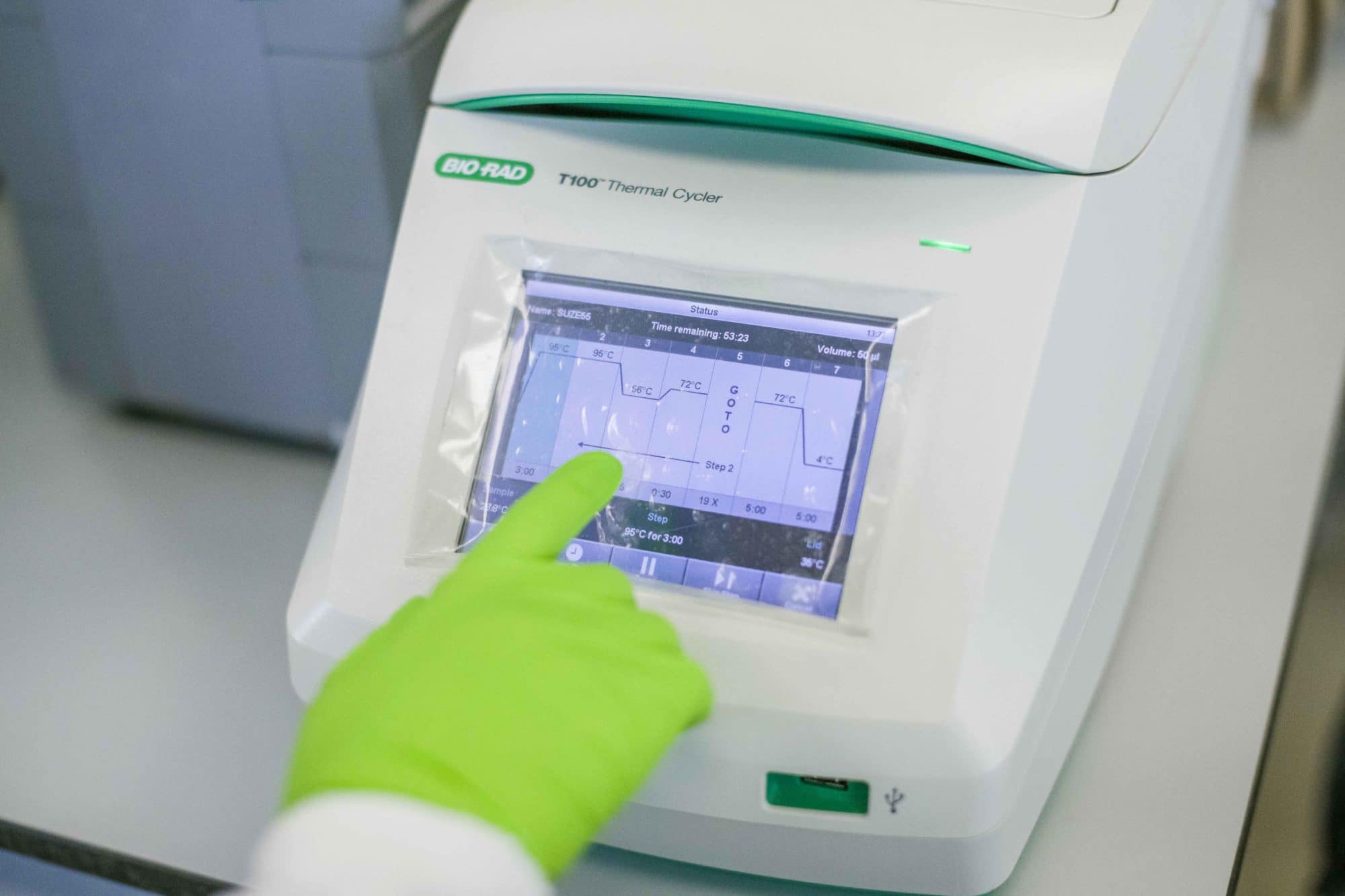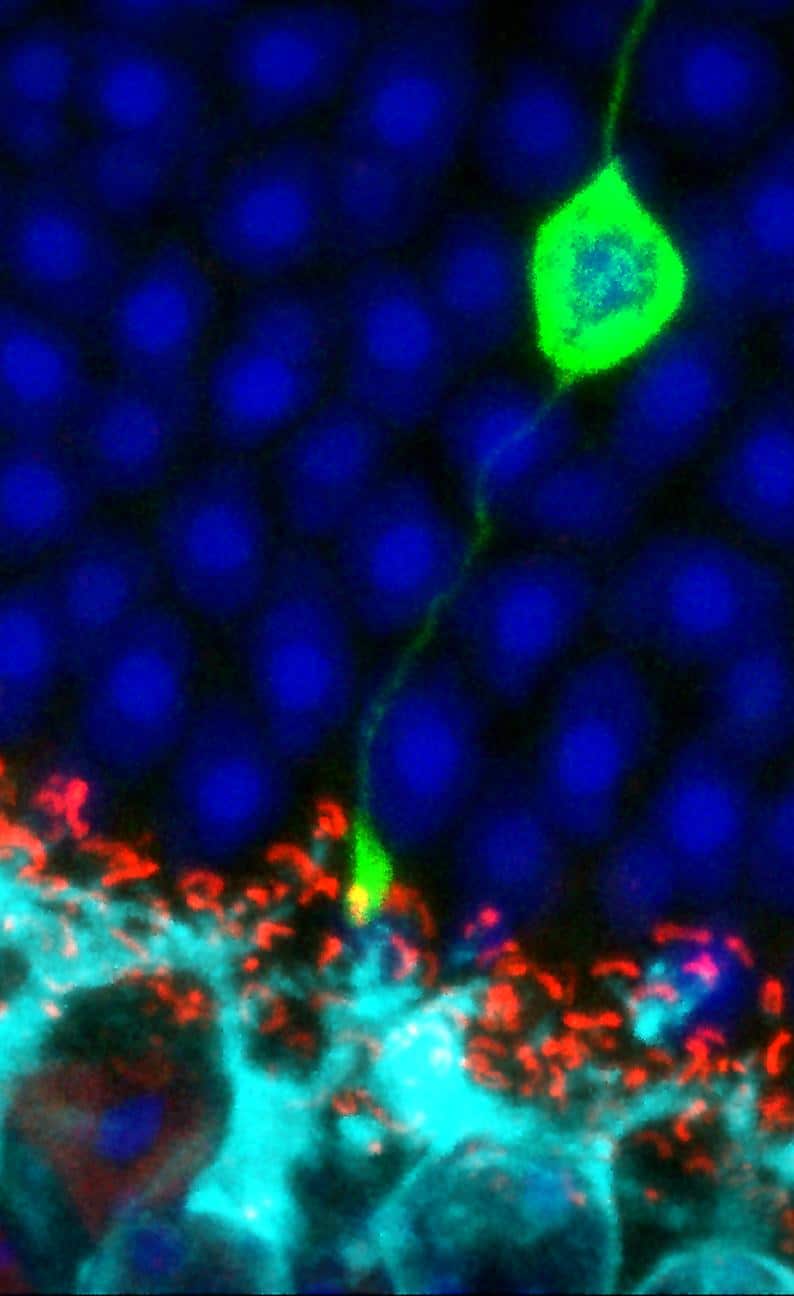
Research grants
Retina UK aims not only to progress research along established threads, but to stimulate new thinking, encourage innovative approaches and nurture original ideas.
Search results

Retina UK aims not only to progress research along established threads, but to stimulate new thinking, encourage innovative approaches and nurture original ideas.

Genes exist inside all the cells that make up your body. They contain genetic code (DNA) and provide instructions for constructing proteins, which are the building blocks of our bodies and perform a huge variety of roles.

Your doctor or genetic counsellor will spend some time asking about other people in your family to try to work out the way in which your particular faulty gene has been passed down through the generations – this is referred to as the inheritance pattern.
Your generous support allows Retina UK to fund the work of leading scientists who are increasing understanding of inherited sight loss and moving us closer to treatments.
Biotechnology company Kiora Pharmaceuticals has been given the go-ahead to start in-human testing of a novel “small molecule” treatment, known as KIO-301, for advanced vision loss in retinitis pigmentosa (RP). The phase 1b clinical trial will take place in Adelaide, Australia, and will begin enrolling participants towards the end of 2022.

Inside this edition, set yourself a challenge in 2024, plus find out about our brand new lottery.

Retina UK has joined with more than 80 disability charities who have today written to the Chancellor calling for urgent support with the cost of living for disabled people.

This edition includes exciting news about our Annual and Professionals’ Conferences. We hope as many of you as possible can join us in Manchester, or online, in September. You’ll also find updates about the latest research and a feature on one of our funded researchers, Dr Jörn Lakowski.

Stem cells are a special type of cell, which under the right conditions can be encouraged to grow into any other type of cell in the body, including retinal cells (rods, cones and retinal pigment epithelial cells).

When we talk about gene therapy we are usually referring to use of a harmless virus, called a vector, to deliver a normal copy of a defective gene into the cells of the eye.